Top posts of 2023
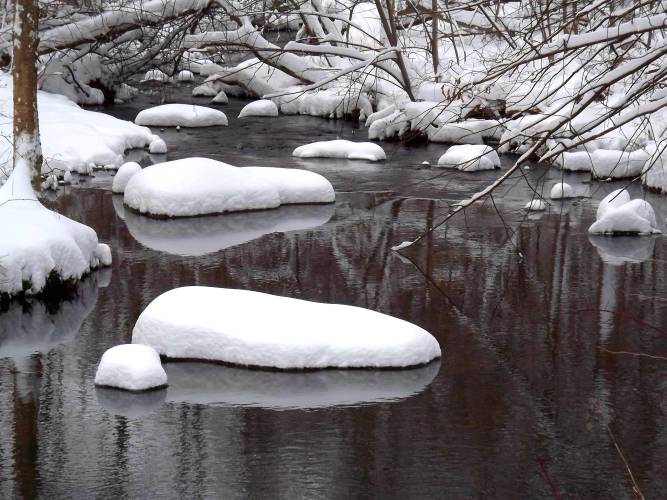
In these early days of the new year, we continue our annual tradition of looking back at the top posts of the previous year. 2023 was a year when the realities of the climate emergency and biodiversity crisis really became apparent, as extreme weather and dire warnings about ecosystem declines made regular front page news across Europe.
Throughout the year, we followed the complex and hotly-debated route taken by the ambitious EU Nature Restoration Law towards adoption. If ratified – as it looks as will happen early this year – the law commits European countries to rapid and signficant ecosystem restoration activities on land, in freshwater, and at sea.
We also followed the rising prominence of nature-based solutions as a key focus of contemporary environmental management and policy. These approaches, which foreground the potential of natural processes to generate ecological, social and economic benefits, are rapidly growing in popularity, and we will continue to explore the big questions over their ongoing adoption.
And finally, 2023 was the year when our work on the MERLIN podcast really took off, with new episodes covering peatland restoration, nature-based solutions, economic thinking and much more. If you haven’t already tuned in and subscribed to the podcast, then please consider doing so: 2024 is set to be an exciting year.
And on that note, we want to say a big thank you to you, our readers and listeners, for your eyes and ears through 2023. We really appreciate you, and are always happy to hear your thoughts, whether by email or on our social media platforms.
///
Ecosystem restoration and nature-based solutions: how do they differ and why does it matter? (January)
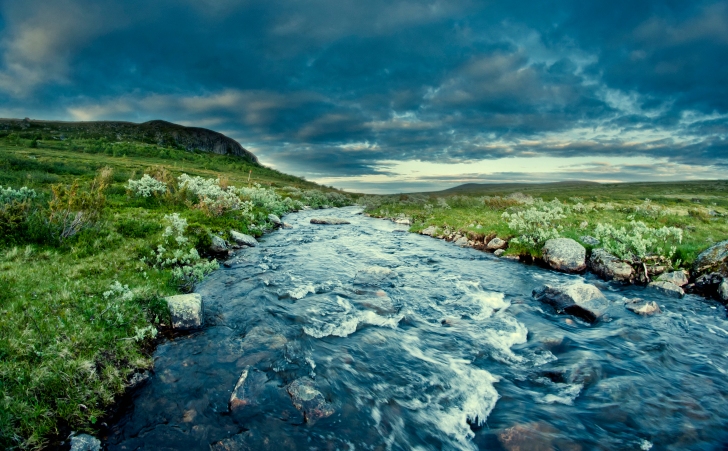
Awareness of the need to restore Earth’s ecosystems has become increasingly mainstreamed in recent years. The UN Decade on Ecosystem Restoration began in 2021, marking the start of increased efforts to halt the degradation of global ecosystems, and restore them to mitigate the effects of climate change and stop the collapse of biodiversity.
More recently still, the concept of nature-based solutions has entered the global environmental conversation. Nature-based solutions aim to manage natural processes to bring benefits to both people and ecosystems. For example, planting native forests in watersheds can help naturally filter water supplies, and reintroducing beavers can create the floodplain environments which buffer flooding.
As a result, the terms ecosystem restoration and nature-based solutions are often used interchangeably. And, of course, there is significant overlap between them: nature-based solutions are an increasingly central part of many restoration projects globally. But given the rapid growth of both approaches, it is useful to ask: how do they differ, and why does it matter? (read more)
///
We all need freshwater biodiversity (February)

We are in a crucial ‘window’ of time to protect and restore global freshwater biodiversity, according to a major new journal article. The authors – a group of scientists from across the world – write that there is growing public and political recognition of the need to ‘mainstream’ biodiversity conservation across all areas of everyday life.
Writing in the WIRES Water journal, the authors highlight the vital roles that freshwater biodiversity plays in supporting human lives: from food and materials; to cultural and recreation; and climate regulation to water purification. As a result, conserving and restoring freshwater habitats offers a path towards achieving what the UN term the ‘future we want’: a more sustainable future for people and nature. (read more)
///
MERLIN Innovation Awards celebrates innovative approaches to freshwater restoration at 2023 ceremony (February)

Last week, the EU MERLIN project announced the winners of its annual Innovation Awards, which highlight cutting-edge solutions for modern freshwater restoration. Entries from organisations across the world were assessed by an expert panel, and shortlists for the two categories – Service of the Year and Product of the Year – were drawn up. Two winners were announced at a busy and energetic ceremony on Wednesday.
The winners of the Service of the Year are Plastic Fischer, a social enterprise which collects and manages river plastic to prevent it entering the oceans. The organisation was founded in 2019 in response to its founders witnessing the continuous stream of plastic, styrofoam and other waste that floated down the Mekong River in Vietnam, towards the ocean. The idea was formed to build a waterwheel that automatically collects plastic waste from rivers, and lifts it to shore to be disposed of.
The winners of the Product of the Year are Ecocean, a French company which specialises in developing new technologies to support the sustainable use of aquatic environments. One of the organisation’s flagship innovations is FLOLIZ – a series of artificial floating rafts which help boost biodiversity, both above and below the water’s surface. (read more)
///
MERLIN Podcast Episode 3 – Restoring Europe’s peatlands and wetlands (June)

Peatlands and wetlands are vital landscapes. They store carbon and so help mitigate the harmful effects of climate change, they help buffer floodwaters and naturally filter drinking water, and they are often rich habitats for biodiversity. But peatlands and wetlands have been widely drained, altered and lost across Europe as a result of human actions.
This episode explores how peatlands and wetlands across the continent are being restored through a series of ambitious projects supported by the MERLIN project. Podcast host Rob St John meets a range of restoration scientists and managers implementing so-called ‘nature-based solutions‘ at their sites across Europe. Their schemes include beaver reintroduction, peatland ‘rewetting’ and wet woodland restoration. (read more)
///
How nature-based solutions can benefit freshwater biodiversity (June)

One key element of nature-based solutions is that they are designed to offer clear economic and social rationales for the value of protecting and restoring natural environments. Advocates of nature-based solutions suggest that this helps strengthen arguments over the value of mainstreaming environmental restoration to benefit all our lives.
In this context, a newly-published open-access paper explores whether nature-based solutions can make meaningful contributions to tackling the freshwater biodiversity crisis. Writing in PLOS Water, Dr. Charles van Rees and colleagues highlight how nature-based solutions can offer ‘win-wins’ for nature and society, but emphasise that clear links must be made between their use and priorities for freshwater conservation. (read more)
///
Large river restoration under the spotlight along the banks of the Tisza River (July)

The Tisza River flows nearly a thousand kilometres from its source in Ukraine through Hungary to meet the Danube in Serbia. In places, the Tisza supports rich and varied biodiversity, particularly bird species, mayflies and floodplain meadows. However, the Tisza’s course and floodplains have been altered for well over a century through dam construction, dredging and channel straightening.
The EU-funded MERLIN project is supporting the restoration of the Tisza river at two sites close to the village of Nagykörű in Hungary. Floodplains surrounding the river – which have been drained and cut off from the river to support intensive arable farming – are being ‘rewetted’. This process is intended to increase water retention in the floodplains, which will help buffer floodwaters and create valuable biodiversity habitat. In turn, the plan is for the rewetted Tisza floodplains to support more sustainable farming practices. (read more)
///
Biodiversity recovery in European rivers has stagnated since 2010 (August)

Biodiversity in European rivers increased between 1968 and 2010 due to improved water quality following decades of environmental pollution, according to a new study. However, this trend of biodiversity recovery has stalled since 2010.
Writing in the journal Nature, an international team of researchers attribute this finding to the limited potential of existing measures to continue to drive water quality improvements. This is due to the growing impacts of complex stressors such as climate change, which need to be urgently tackled with ambitious new environmental restoration and policy strategies, the authors argue. (read more)
///
Water, climate and farming: making space for stream restoration in Portugal (October)
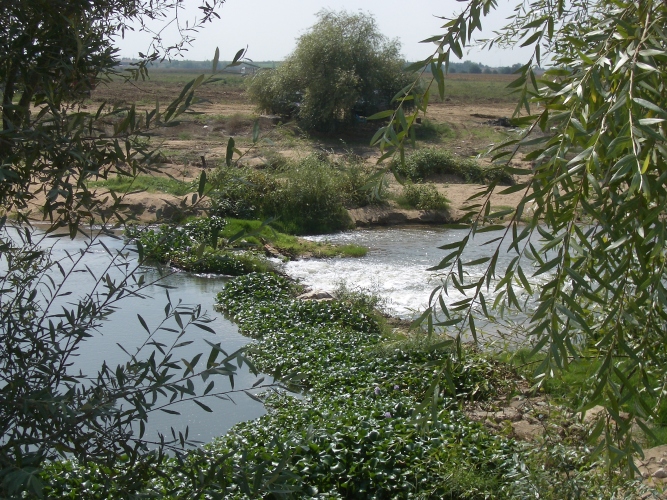
Last week, researchers from the MERLIN project working on the restoration of small streams across Europe met in Lisbon, Portugal to discuss progress and visit case study sites. Following exchanges at the University of Lisbon, the group visited restoration projects in the Sorraia and Ervidel catchments. With the MERLIN project at the half-way point, discussions centred on how to measure the impacts of restoration projects, and how to gain support from policy makers and financiers to upscale their use across Europe.
Working with the concept of nature-based solutions, the indicators of restoration impact used by MERLIN are not only environmental, but also social and economic. This means that researchers are not only monitoring how restoration is affecting factors like biodiversity and greenhouse gas emissions at their sites, but also how it impacts things like green job creation and private finance mobilisation. The idea is to help build a convincing case for upscaling freshwater restoration across Europe by showing that it can benefit people as well as nature. (read more)
///
The High Cost of Cheap Water: annual economic value of global freshwater ecosystems estimated at $58 trillion (October)

Freshwater is “the world’s most precious and exploited resource” but has always been significantly undervalued in global economies, leading to widespread environmental costs, according to a major new WWF report published this week.
The report estimates that the annual economic value of water and freshwater ecosystems globally is $58 trillion – a figure equivalent to 60% of global Gross Domestic Product (GDP). This startling figure was calculated by estimating the financial value that rivers, streams, lakes, reservoirs and wetlands generate to human societies. Direct economic benefits including water for household drinking, cooking and cleaning, irrigation for agriculture, and to supply industries was calculated at $7.5 trillion each year.
However, the indirect – and often invisible – benefits freshwaters bring to human societies are significantly higher. The report estimates that such indirect values – including purifying water, increasing soil health, storing carbon and buffering communities from floods and droughts – are around $50 trillion annually. (read more)
///
Working with nature to shape a healthier future for Europe’s rivers (November)
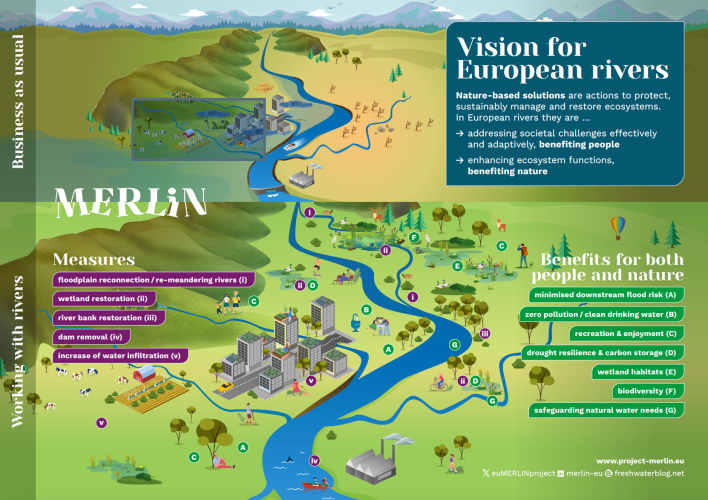
The MERLIN project recently released a new infographic showing the value of nature-based solutions to help restore Europe’s rivers. Its ‘Vision for Europe’s rivers’ illustrates how five different kinds of management measures can help produce a range of valuable benefits for people and nature.
The infographic shows how nature-based solutions can be deployed all the way along a river catchment. In the mountainous headwaters, it illustrates how ‘rewiggling’ rivers across their natural floodplains can help boost biodiversity and provide valuable spaces for recreation. Further downstream, it shows how measures such as ‘green cities’ and wetland restoration can help buffer flood and drought risks, and help boost carbon storage in the landscape. (read more)
///
Promises and pitfalls of the EU Nature Restoration Law (December)
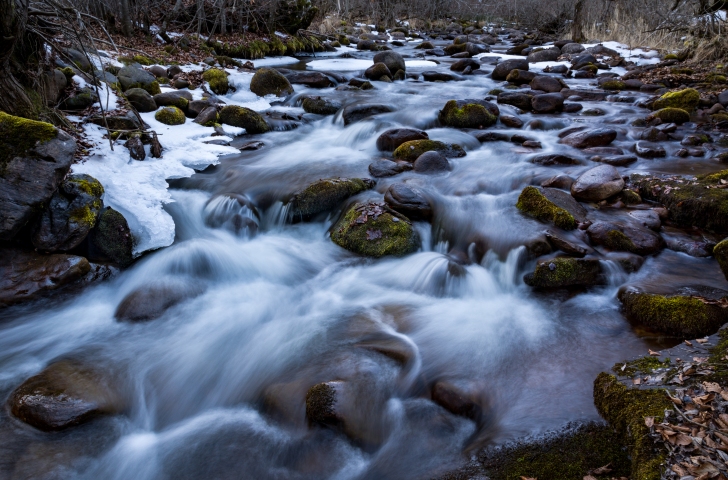
Last month, the ambitious EU Nature Restoration Law moved a step closed to adoption following a provisional agreement between policy makers. Originally proposed in June 2022, the law obligates European countries to restore at least 20% of their land and seas by 2030, and all ecosystems in need of restoration by 2050.
Earlier this month, researchers from four major EU environmental restoration projects published an article in Science assessing the promises and pitfalls of the proposed law, which is expected to be approved in a final vote early in 2024.
It is widely acknowledged that the magnitude of the biodiversity crisis and climate emergency requires rapid and ambitious attempts to conserve and restore Europe’s ecosystems. Research is increasingly showing how such measures aren’t only good for nature, but for people too: as healthy, resilient ecosystems bring significant benefits to our everyday lives in society.
Writing in Science, the authors of the new paper highlight that the Nature Restoration Law acknowledges the failure of existing EU policy and legislation to halt biodiversity losses, and the pressing need for new policies which can help Europe meet the targets of international environmental agreements. (read more)
///
You can read all our 2023 articles here – happy 2024!






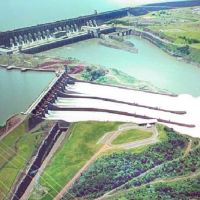





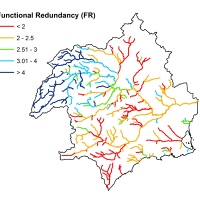


Comments are closed.